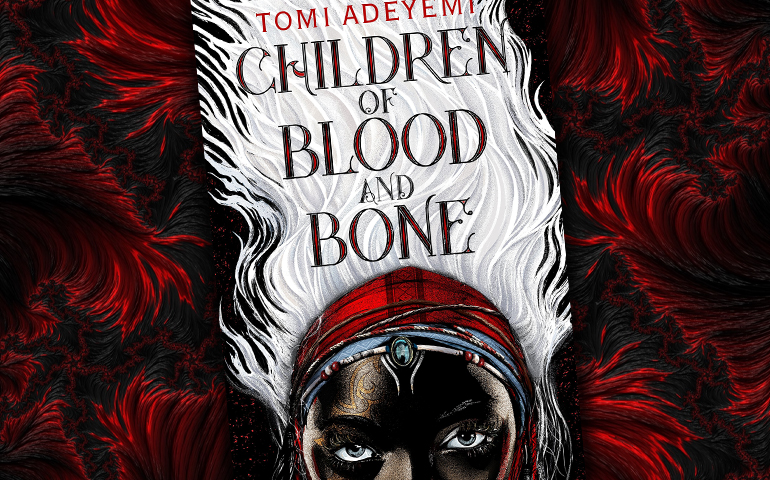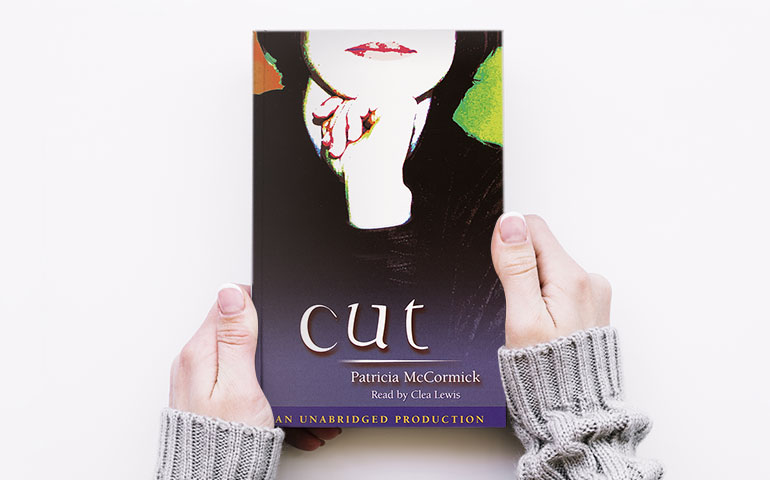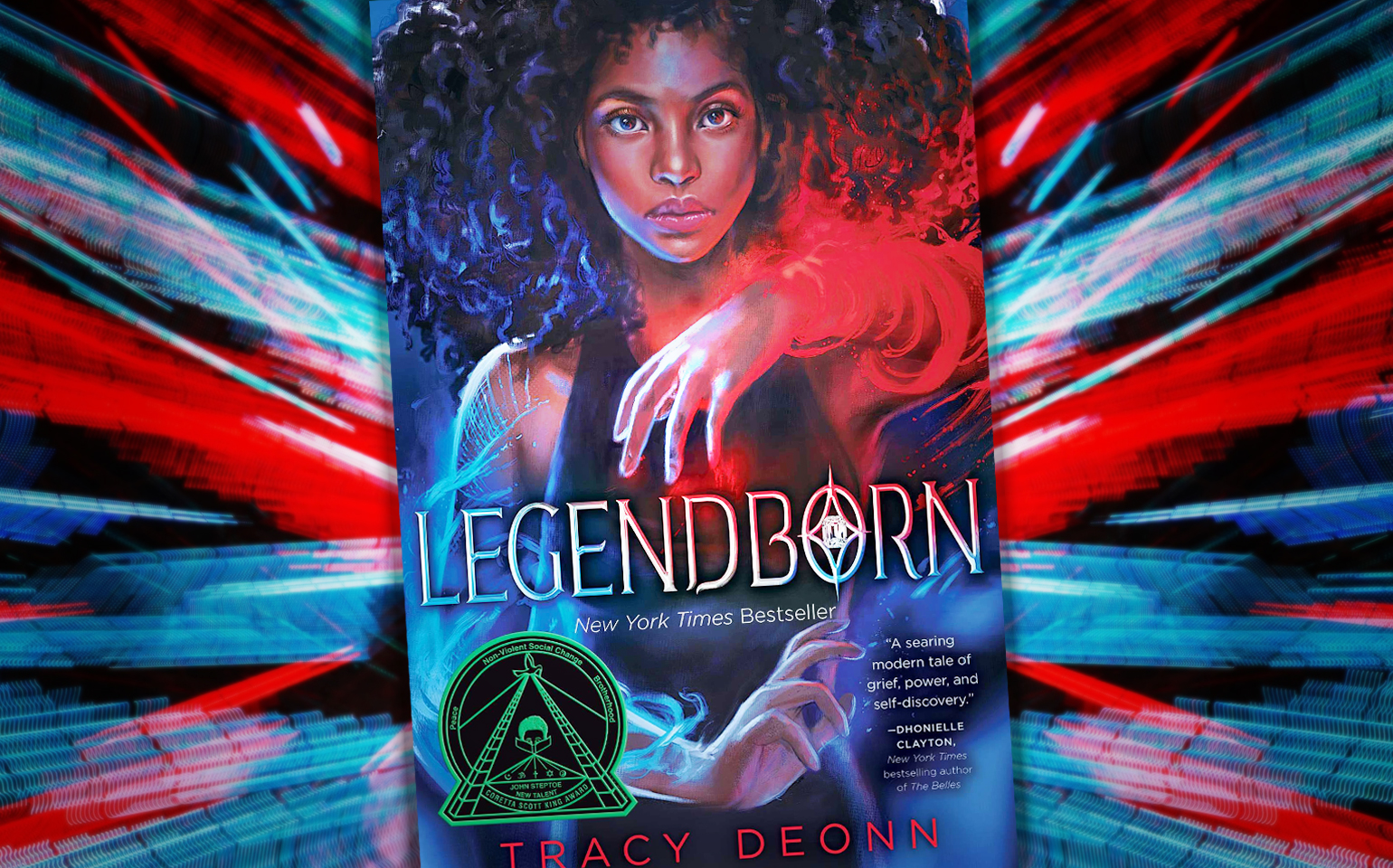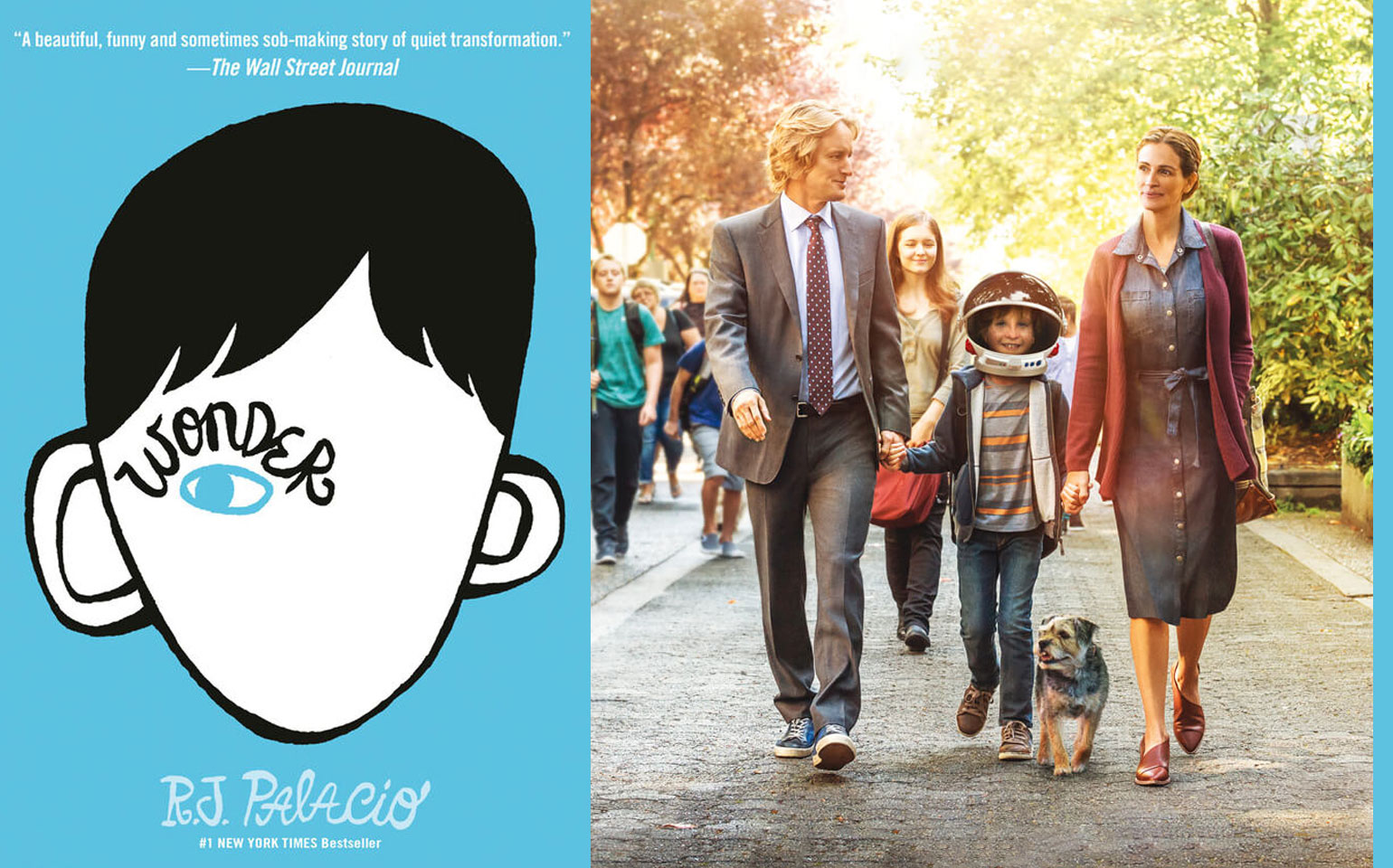
Children of Blood and Bone: Cake with Asparagus
Throughout my time being stuck at home during this pandemic, I have indulged in many books. Children of Blood and Bone was recommended to me by my good friend from B.C. He isn’t much of an avid reader, so the moment I sensed his passion for this book, I knew I had to give it a read. Turns out, the hype was real, as I couldn’t put down this book from the instant I picked it up. The ups and downs throughout the story and well-built characters keep you captivated. Most of all, I was able to learn a lot from the novel and apply it to some of our current world issues.
Children of Blood and Bone takes place in the fictitious Land of Orisha. The kingdom is separated into two distinct groups, the Kosidan’s who rule the kingdom and are the upper class, and the Divîner’s who have the blood of Maji running within them. The ruler of Orisha, King Saran, wiped out all of the Maji’s over the age of 13 during the Raid, so now no one has the ability to use magic. The king and Kosdian’s believe magic is a horrible weapon and sin. Our main protagonist, Zélie Adebola, is a 15-year-old Divîner who lost her mother during the Raid and now lives in a small fisherman village with her father and brother. Divîner’s are mistreated and looked down upon unrightfully, so Zelie feels the burden for causing her family so much pain.
One day, she gets the opportunity to help her father and go sell a special fish that he caught in the capital city Lagos, where the palace is located. While in the market, she runs into a girl, running away from guards and desperate for help. Zelie doesn’t think twice and assists the girl in making her escape. Zelie’s brother, Tzain, also comes to help them run away. We then find out that this girl is Princess Amari, daughter to King Saran. She has run away with a scroll that has the power to bring back magic to the world. Of course, Zeile possesses bitter feelings towards Amari because she is the daughter of such an awful person. Amari hates her father’s ways and believes that what has been done to the Maji is wrong and the way Divîner’s are treated is unfair. She is able to convince Zelie and her brother to embark on a journey that will help bring magic back to the kingdom.
Upon Amari’s escape from the King’s grasp, he sends out his son and Amari’s brother, Inan, to bring her back to the castle. The story is like riding a rollercoaster, the moment you think you have handled the most suspenseful movement, you get hit with something greater. Throughout the story, we start each chapter with either Zelie, Amari, or Inan in first person. I find the way the author has done this allows the reader to build a deeper connection to the characters. Inan quickly became my favourite character in story, he was torn between two worlds, not having a clue what the right one was. If I didn’t get to hear Inan’s side of the story, I don’t think I would have developed such a strong connection with him. I would love to say more about what happens in the story, but I encourage you to answer any of the questions you may have by reading the book yourself.
In an interview with Jimmy Fallon, the author of this book, Tomi Adeyemi, said “In this story, there are two different layers. On the first layer there is this epic story, but on the second layer there is this allegory for the modern-day black experience”.
Tomi Adeyemi is a Nigerian-American, so she feels strongly about Black rights in America and is engaged in a lot of activism. She wanted themes from this story to help readers understand the mistreatment and racism Black people face in America. For example, the story shows us Divîner’s being abused by the same soldiers who are meant to keep the kingdom safe. We can directly compare this to police brutality that we see happen to so many Black Americans. George Floyd and Breonna Taylor did not deserve to be killed by the same people we expect to protect us. Recently, we have also seen a lot of hate towards Asian people as well. This story just shows a different perspective on the subject matter in a creative way.
Miss Adeyemi likes to describe her book as “cake with asparagus.” She says this because you’re eating tasty cake, as in enjoying a great story, but you are also being healthy by eating asparagus, meaning you’re learning important things from reading. This is such a great way to describe how this book made me feel while reading it. There are many people that like to call the book “the Black Harry Potter,” but I think it goes beyond that. There is a sense of connection to all of the characters and as you read the book you can feel the passion of the author. Tomi Adeyemi has truly got her message across to many readers and I think this will have a large influence on reducing prejudice in our world. I came for the thrilling story but left with so much more.



